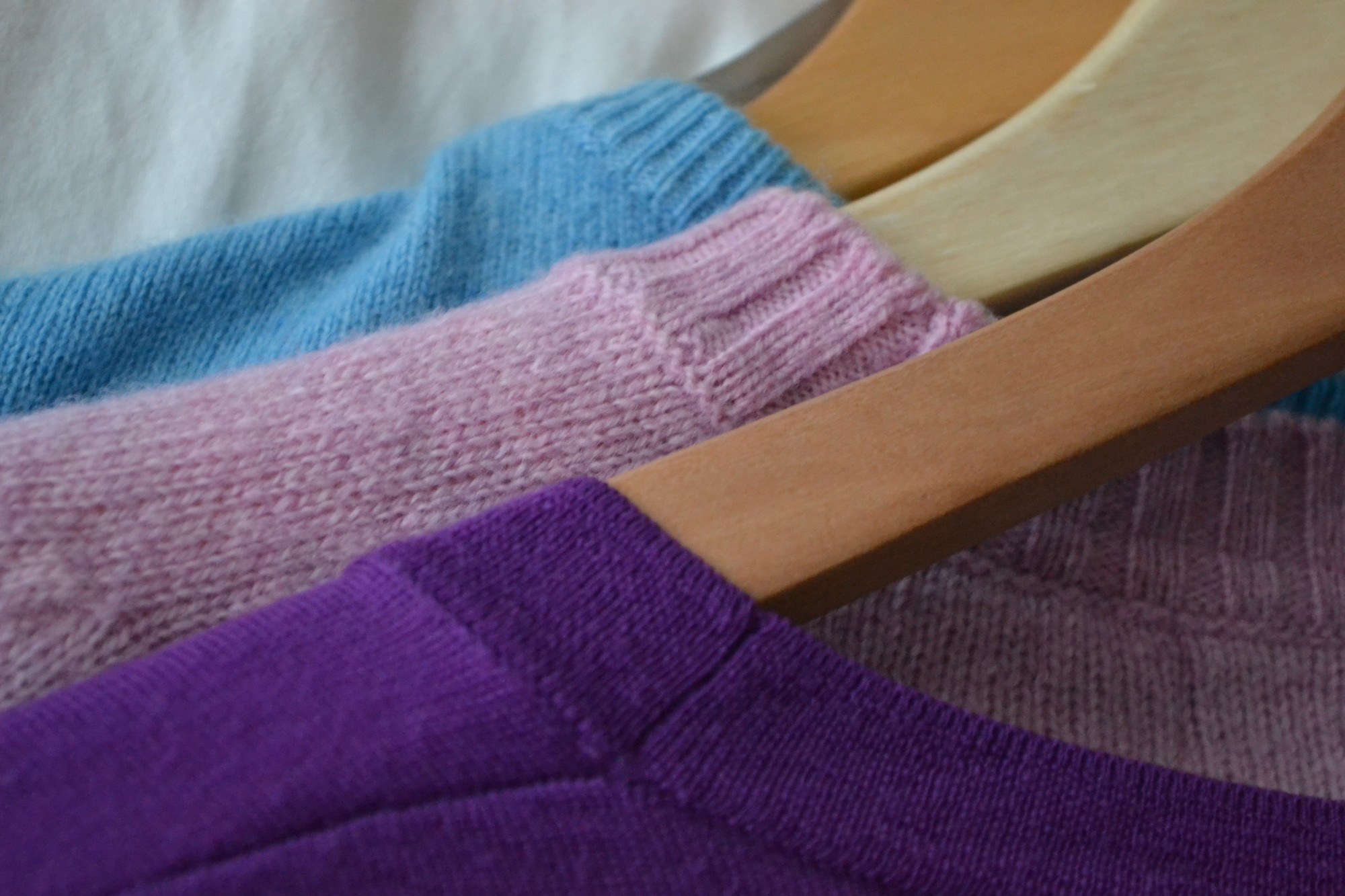The personal stylist and the clothes moths

Who knew a Personal Stylist had to be ready to do battle!
As ever this year has included some highly practical projects. For example, in the process of streamlining clients’ existing wardrobes I also give advice about dealing with that dastardly enemy of the vintage fashion collector – clothes moths.
You might be surprised to know that out of 2,500 British moth species only two eat clothes. Unfortunately these two types lay an average of 40 to 50 eggs within 2-3 weeks and those eggs will develop and lay eggs of their own within 4 to 6 months.
It’s actually the rice like moth larvae that do the damage and apart from holes in your clothes the tell-tale signs are tiny silken tubes with what looks like trailing cobwebs.
Here’s what you need to know to avoid costly damage to clothing in your wardrobe:
What moths like
- Slightly humid dark and undisturbed areas
- Perspiration and staining from other common liquids
- The stockpiling of unworn or unwashed clothes
What moths don’t like
- The regular moving around of clothing – for example the tidying, sorting and cleaning which goes with good wardrobe management
- Light and cold
- Frequent washing or dry cleaning
- The quarterly cleaning and vacuuming of your wardrobes and drawers
How you can do battle
New pesticide regulations have excluded some of the best chemicals for dealing with clothes moths so many household products are not as effective as they used to be. Whilst the default treatment used to be mothballs we now know that one of the ingredients may be carcinogenic, so:
- Check new clothing acquisitions, including Vintage pieces, for infestation
- Temperatures above 60c will kill moths, eggs and their larvae so some fabrics will tolerate a hot wash followed by a hot tumble dry (please ask someone in the know about the properties of your garment - I am a textile technologist and can help)
- Or put items, including delicates, in the freezer for a few days to kill any eggs - and then store in plastic bags
- Put natural fabrics – wool, sheepskin, heavy weight silks, and fur or feathered items into zipped pouches and carriers
- Place moth traps in wardrobes (these look like little wigwams and have a pheromone capsule and sticky coating). If these alert you to any hotspots take immediate action and place items in a plastic covering and deep freeze for at least a week
- Check those spare bedroom wardrobes which are more likely to fall victim to infestation
- Turn down the heat in spare rooms where you are storing clothes. Moths stop breeding when the temperature drops
- If you’re unlucky enough to have an extensive infestation (carpets, furniture AND clothes), then call in the experts who will apply a combination of heat and fumigation
Many people like to use scented accessories such as Cedar balls, but the potency and effectiveness of these may quickly fade. In my opinion your best bet is to opt for the practical, hands-on and vigilant approach to wardrobe management and keep up with those quick but regular checks.
© Melanie Brewer

